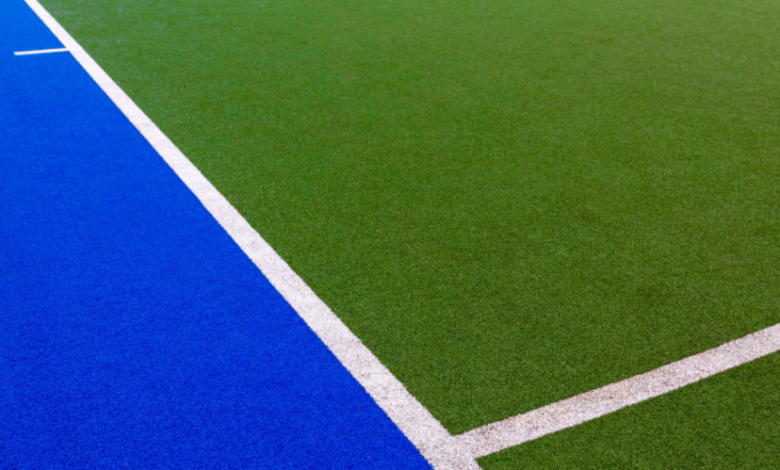How Robotic Field Line Marking Reduces Labor Costs in Field Maintenance

Sports facility management faces increasing pressure to reduce operational costs while maintaining pristine field conditions that meet professional standards. Traditional manual line marking requires significant labor hours, specialized training, and frequent touch-ups that drain maintenance budgets. Professional robot field line marking systems revolutionize field maintenance by eliminating human error while dramatically reducing labor requirements. These automated solutions deliver consistent, precise lines that last longer than manual applications, creating substantial cost savings over time. Advanced robotic technology transforms field maintenance from a labor-intensive process into an efficient, predictable operation that maximizes budget efficiency.
Automated Precision Eliminates Human Error Costs
Manual line marking suffers from inherent inconsistencies that lead to frequent corrections, rework, and material waste. Human operators struggle to maintain straight lines across long distances, especially on uneven terrain or in challenging weather conditions. These imperfections require additional labor hours for touch-ups and corrections that multiply operational costs.
Robotic systems use GPS guidance and laser measurement technology to create perfectly straight, consistently spaced lines every time. This precision eliminates the need for rework while reducing paint consumption through optimized spray patterns. The automated consistency means fewer complaints from coaches, referees, and league officials about field quality, preventing costly emergency repairs or rushed corrections before important games.
Reduced Staffing Requirements and Training Costs
Traditional field marking requires skilled operators who understand proper spray techniques, paint mixing ratios, and field layout specifications. Training new staff takes weeks of hands-on instruction, during which mistakes can waste expensive materials and create substandard results. Employee turnover in maintenance positions creates ongoing training costs that impact budget predictability.
Robotic marking systems require minimal human oversight once programmed, allowing facilities to redirect staff to other maintenance priorities. A single technician can monitor multiple robotic units simultaneously, dramatically improving labor efficiency. The learning curve for operating automated systems is significantly shorter than training manual operators, reducing both training costs and the time needed to achieve competency. Insights into the advantages of robot field line marking in sports facilities highlight how automation optimizes both performance and resource allocation.
See also: Precision in Manufacturing with Custom Nuts and Bolts
Faster Application Times and Scheduling Flexibility
Manual line-marking teams typically require several hours to complete a full field, factoring in setup time, application, and cleanup. Weather delays compound scheduling challenges, often forcing overtime hours to complete marking before scheduled events. These time pressures increase labor costs while creating stress that can lead to quality compromises.
Robotic systems complete field marking in a fraction of the time required by manual methods, often finishing entire fields in under an hour. This speed allows facilities to schedule marking sessions between games or practices without disrupting field usage. Weather resistance features enable operation in conditions that would halt manual marking, eliminating costly delays and overtime expenses.
Long-term Cost Analysis and Return on Investment
The initial investment in robotic marking technology may seem substantial, but the long-term savings quickly justify the expense. Labor cost reductions alone often recover the initial investment within the first year of operation. Comparing robotic field marking paints vs aerosol field marking methods reveals significant differences in material efficiency and application costs that favor automated systems.
Material Efficiency and Waste Reduction
Robotic systems optimize paint usage through precise application control that eliminates overspray and uneven coverage. These machines calibrate spray patterns based on field conditions and paint specifications, ensuring optimal coverage without waste. Consistent application thickness extends line durability, reducing the frequency of remarking cycles that consume both materials and labor.
Inventory management becomes more predictable with robotic systems because material consumption remains consistent regardless of operator skill level or weather conditions. This predictability enables better budget planning while reducing emergency material purchases that often carry premium pricing.
Conclusion
Robotic field marking technology transforms sports facility maintenance from a labor-intensive operation into an efficient, predictable process that delivers superior results while reducing costs. The combination of precision application, reduced staffing requirements, and improved material efficiency creates substantial savings that continue growing over time. Facilities that invest in automated marking systems gain competitive advantages through improved field quality, operational flexibility, and budget predictability that support long-term success.
